Main office
Boulevard du Jubilé 71 bte3, 1080 Brussels, Belgiumcolin@ecrloss.com
ECR Community a.s.b.l
Boulevard du Jubilé 71 bte3, 1080 Brussels, Belgiumcolin@ecrloss.com
Upcoming Meetings
Join Our Mailing List
Subscribe© 2023 ECR Retails Loss. All Rights Reserved|Privacy Policy
